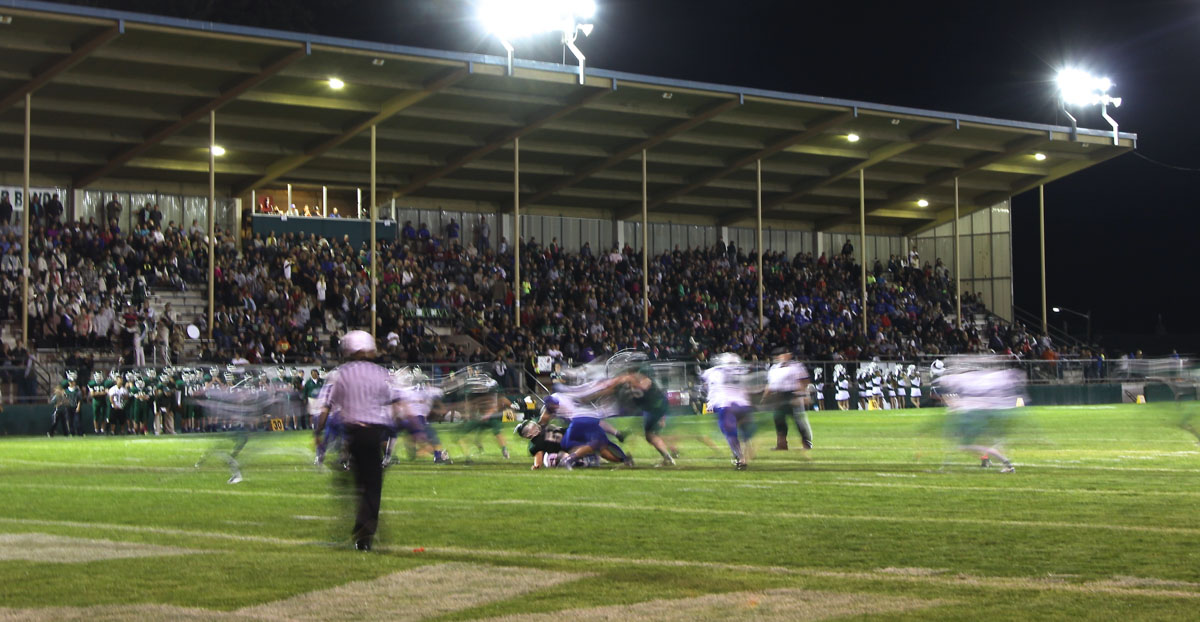
In rural areas, groups of towns are often connected by a telecommunications ring or rings. Schools, municipalities, hospitals and other customers are connected to communications services over these rings.
In this type of environment, high school football games are often important community events; video feeds of the games, usually on Friday nights (hence the term “Friday night lights”), are a significant source of traffic on rural communications networks.
Throughout the last decade, service providers in these communities have met communication needs with 10G networks. As demands increase from booming wireless, internet and other communications traffic, these 10G networks are being outgrown. Growth is good, but meeting growth with the right technology can be a challenge.
Service providers seeking to address this problem often ask for n × 10G DWDM networks. But is this the best technology? An n × 10G network will meet today’s traffic needs, but its ability to meet future needs in terms of both capacity and service types is not certain. Virtually all n × 10G networks use non-Coherent technologies. We see upcoming demand growth in the next few years for 100G services, which happen to require a Coherent optical network, but non-Coherent DWDM systems cannot handle 100G Coherent channels. That spiffy new n × 10G DWDM network won’t pass muster when these 100G service demands arrive. Is there an alternative approach than can meet current needs, accommodate 100G services in the future and still be economical?
A service provider could deploy a Layer 2 Ethernet switch that utilizes a single 100G or 200G ring. In this network, there would be a carrier-grade Layer 2 100/200G switch for each city, with a single 100/200G ring between each community. This Ethernet approach provides capacity similar to the n × 10G DWDM network. Additionally, the Ethernet ` is more economical than the DWDM version once the number of 10G wavelengths grows beyond five channels. When 100G service demands arrive, it is easy to accommodate these new services by adding an n × 10G Coherent DWDM system with little impact to the 100 GbE ring. Additionally, an Ethernet network can offer E-Line and E-LAN services instead of the optical services on the n × 10G DWDM network.
A 100 GbE Layer 2 network is more forward-looking, and it future-proofs a service provider’s network. If providers want to “keep the lights on” for the Friday night football game, a 100G Ethernet ring is a more versatile and long-lasting choice than an n × 10G DWDM network.